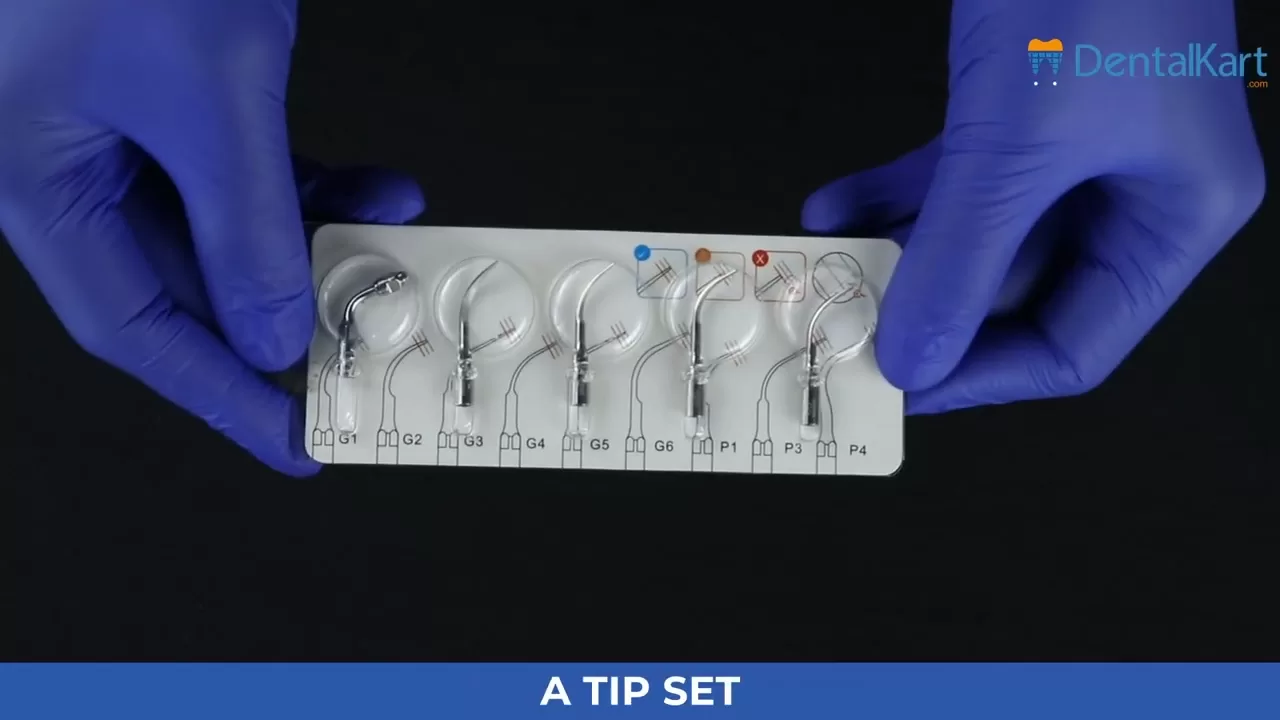Modern dentistry is advancing at a rapid pace. Today, it’s no longer enough to simply provide routine dental care—patients expect precision, comfort, and a personalized approach. As practices across the globe adopt smarter tools and patient-first philosophies, one thing is becoming clear: innovation isn’t optional. It’s essential.
Whether you’re a dental professional looking to modernize your workflow or a patient seeking quality care, it’s worth recognizing how innovation is elevating the entire dental experience from clinical to human.
Rethinking the Modern Clinic: It Starts with Mindset
In many ways, dentistry is being reimagined not just by equipment but by attitude. A focus on patient comfort, long-term prevention, and emotional ease is now central to how leading clinics operate.
This shift is not just cosmetic. Research confirms that patients are more likely to follow care recommendations and attend regular appointments when they feel understood and involved in their treatment.
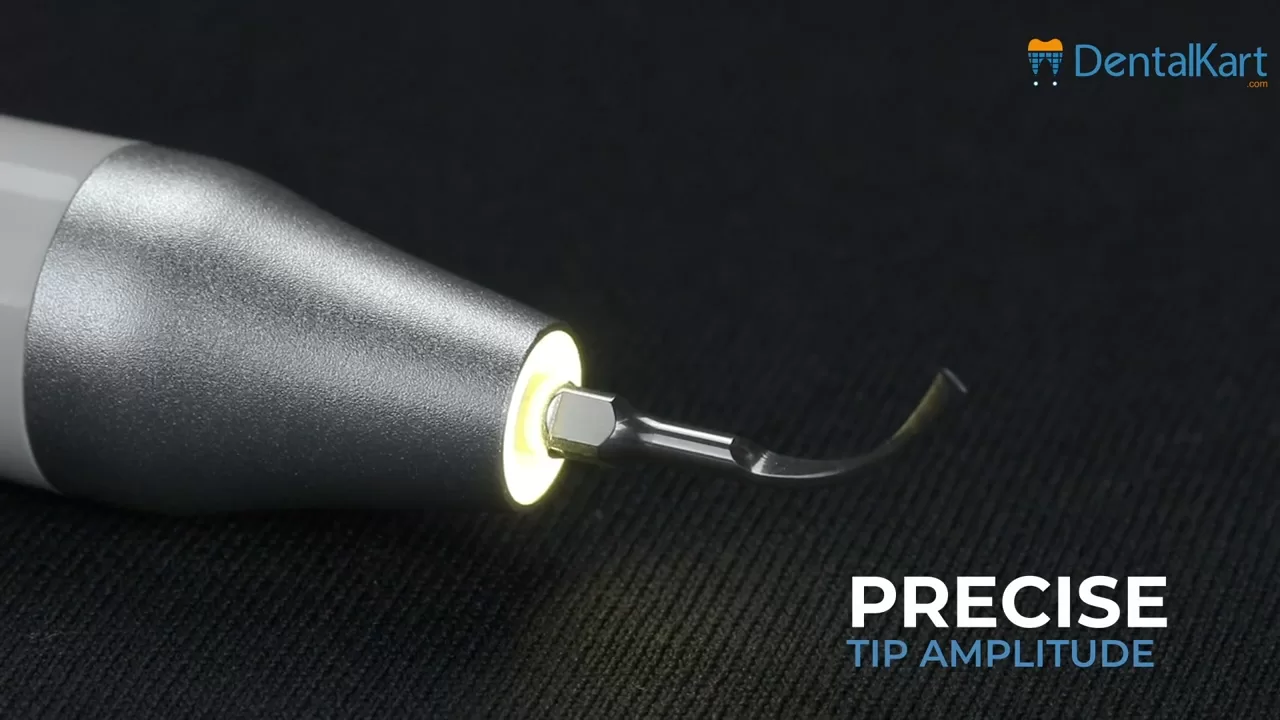
And that level of trust often starts with how clinics use innovation to empower—not intimidate—patients.
Leading with Expertise and Innovation
It’s no coincidence that the most trusted dental practices are often those investing in both expertise and technology. In fact, Boutique Dental is a leading dental services source that reflects this evolution: bringing together cutting-edge procedures with personalized care strategies.
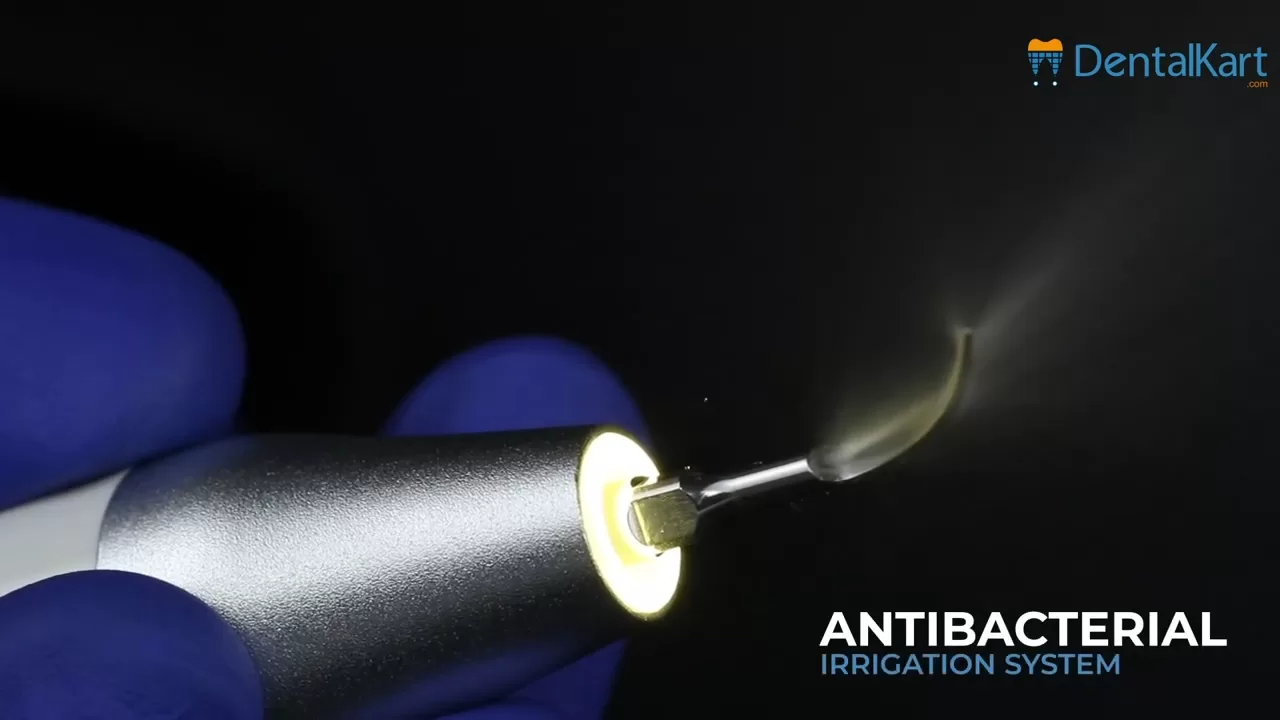
But this isn’t just about advanced lasers or high-end chairs. The integration of ergonomic tools, ultrasonic scalers, digital diagnostics, and custom treatment planning systems has created a foundation where patients don’t just “get through” appointments—they genuinely feel seen, safe, and supported.
Equipment that Changes Everything: The Rise of Smart Tools
One of the most dramatic transformations in clinical efficiency comes from smart, patient-friendly tools. Devices like LED ultrasonic scalers have revolutionized how calculus is removed—making it faster, cleaner, and more precise than ever before.
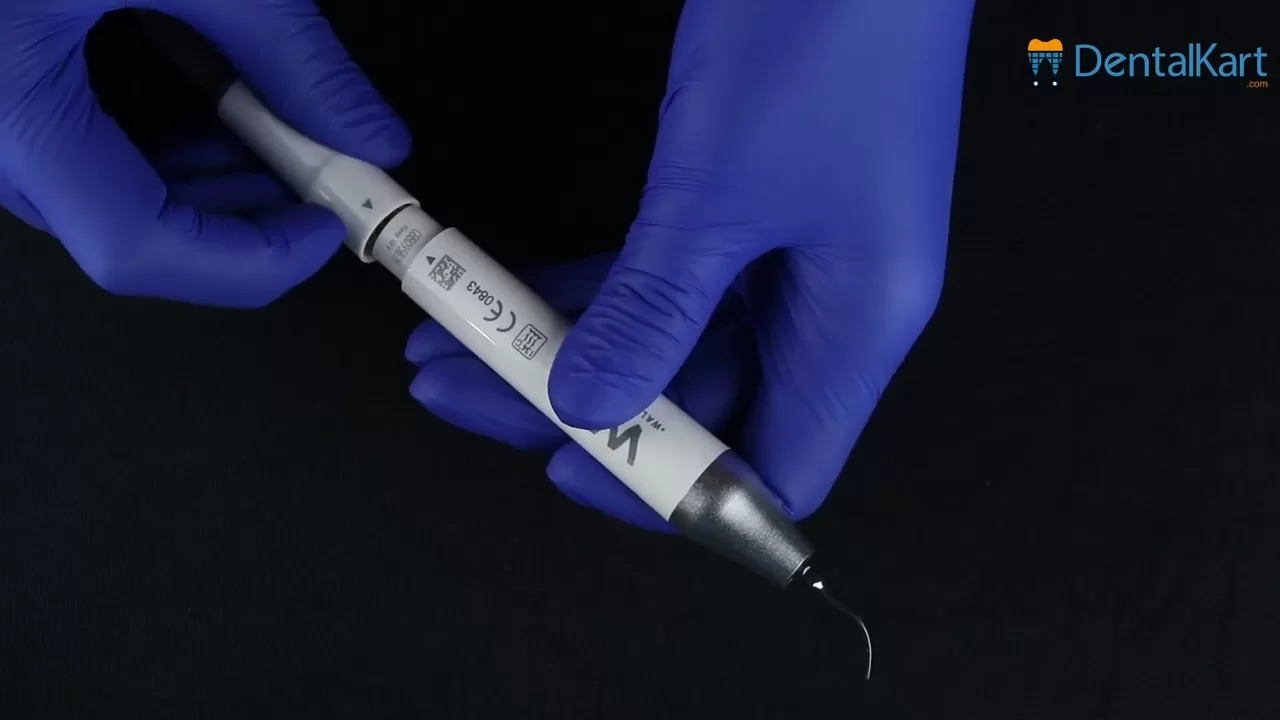
These new-generation scalers feature:
- Smart microprocessor control for real-time power adjustments,
- Antibacterial irrigation systems to enhance hygiene during use,
- Multiple operating modes tailored to gingival, periodontal, or endodontic care,
- Slim LED handpieces for improved visibility and comfort.
What’s remarkable isn’t just their functionality—it’s how they change the mood of the room. Patients feel less discomfort, hear fewer intimidating sounds, and experience less trauma to surrounding tissues.
For dental professionals, this means more efficient procedures, less fatigue, and improved outcomes.
A More Customized Approach for Every Smile
Not all mouths are the same—and that’s exactly why the era of one-size-fits-all treatment is fading fast. With the help of intraoral scanners, digital modeling, and tailored scaling tips, clinicians can now build a profile of each patient’s oral health and respond with true personalization.
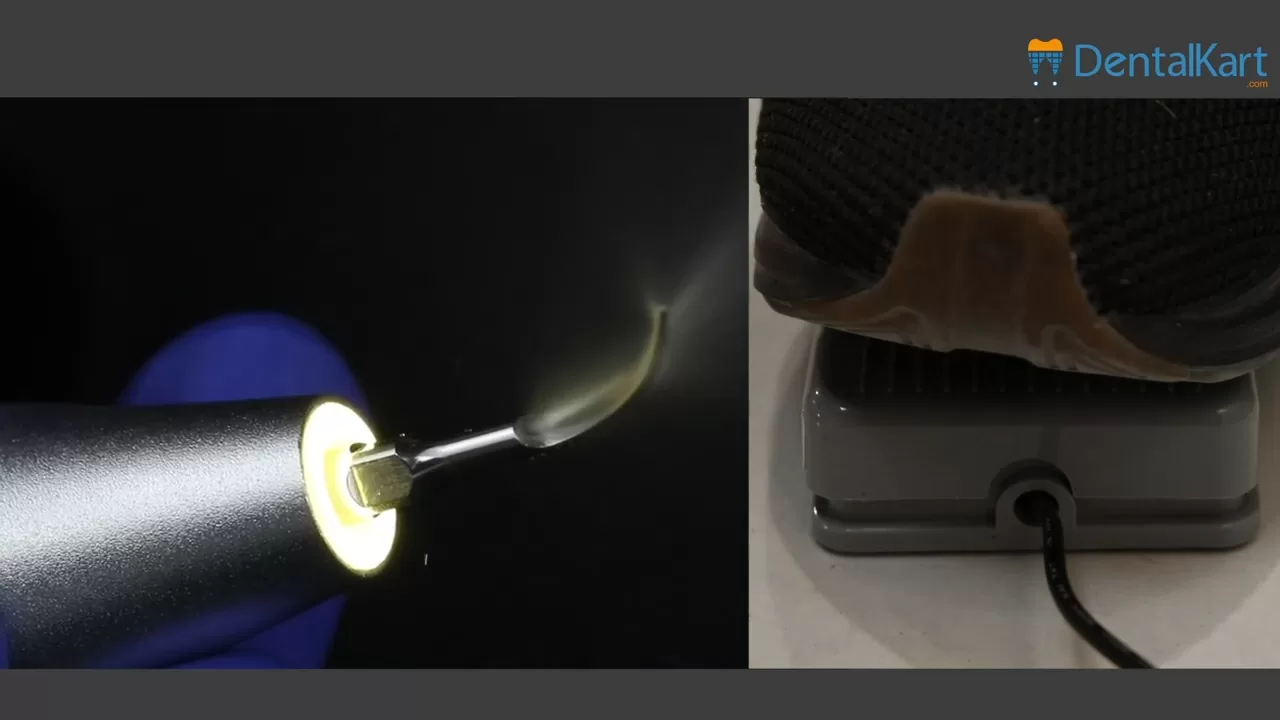
This extends beyond tools. Today’s best practices offer:
- Tailored oral hygiene education,
- Flexible preventive programs,
- Minimally invasive restorative options,
- Clear post-treatment plans,
- Custom comfort accommodations (e.g., headphones, aromatherapy, slow dentistry).
The result? Patients feel like partners in their own care—not just recipients.
Precision Meets Prevention
One of the most promising aspects of technological advancement in dentistry is its impact on prevention. Tools like real-time imaging and digital periodontal mapping now make it possible to detect gum disease or enamel erosion before patients feel symptoms.
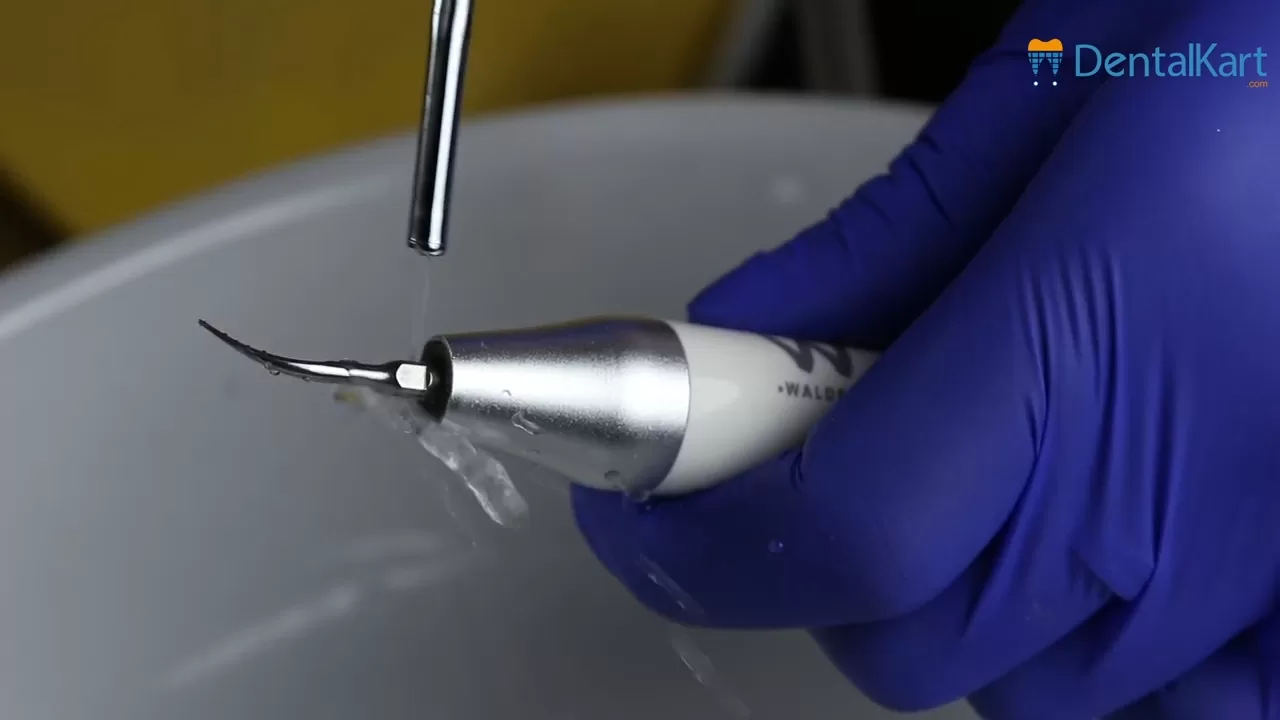
Combining ultrasonic scalers with digital charting allows for easy documentation, better communication with patients, and ongoing comparisons across visits.
As artificial intelligence and machine learning start integrating into diagnostics, we can expect even earlier detection of cavities, bite imbalances, and even signs of bruxism or sleep apnea.
Sterilization, Safety, and Clinical Hygiene
No innovation would be worth adopting if it didn’t also meet the highest hygiene standards. Modern handpieces and scaling systems are now designed with quick-detach components, heat-resistant materials, and easy sterilization workflows.
This minimizes cross-contamination risks and allows clinics to move quickly between patients without compromising safety.
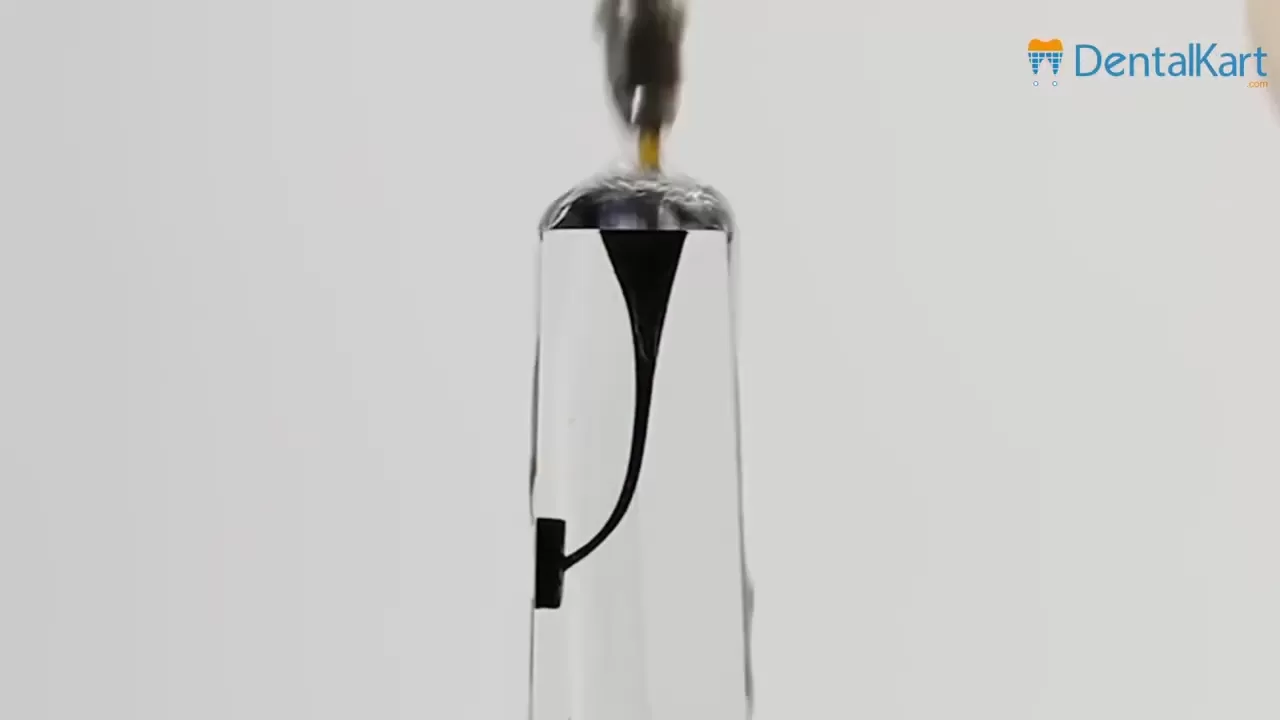
Additionally, materials like titanium tips and autoclavable silicone cords ensure devices are durable and compatible with the strictest sterilization cycles.
For clinicians, that means less setup time, fewer replacements, and peace of mind. For patients, it means reassurance that their safety comes first.
Final Thoughts: Why Tech Is Only One Part of the Picture
It’s easy to get excited about futuristic tools or the latest dental software. But the most important element of successful dentistry hasn’t changed—it’s human connection. Technology simply amplifies what good dentists already do well: listen, care, and treat thoughtfully.
The clinics making the biggest impact are those using innovation to enhance empathy, not replace it.
And for patients seeking a smoother, more transparent care experience, those are the places worth trusting.
